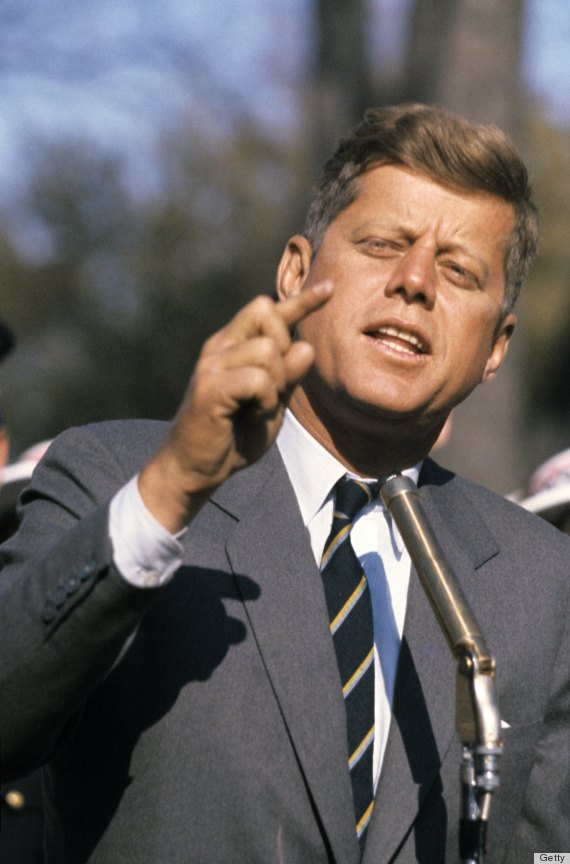In the third year of the war, the north grew frustrated and weary after disastrous losses at Fredericksburg and Chancellorsville. McClellan had been replaced by Burnside and Burnside was replaced by Hooker and in late June Hooker was replaced by Maj. General George Gordon Meade. Robert E. Lee was also frustrated. His army of Northern Virginia was invincible in his mind but it also was an army in tatters with many of his soldiers in rags and far too often without shoes. Lee was nothing if not daring and he felt he had the measure of any Union General so he decided to move the war out of Virginia and take it for the second time into the Yankee homeland. Accordingly he crossed the Potomac, pushed through the Shenandoah and using the blue Ridge Mountains as a shield swung north into Pennsylvania. His objective was to relieve the pressure on the Confederate armies in Tennessee, the blockades of the southern coasts and the fighting along the Mississippi River which Grant was trying to open by finally conquering Vicksburg.
This second invasion would also open up the Shenandoah Valley with all it’s fertile richness alleviating Lee’s constant need for supplies. Finally if he could take either Harrisburg the capitol of Pennsylvania or possibly even Philadelphia, that might cause the North to lose hope and either finally sue for peace or at least politically destroy Abraham Lincoln’s hopes for re-election in 1864.
By June 20, rebel cavalry entered Pennsylvania via Greencastle. On June 26 Jubal Early scattered Pennsylvania Militia in Gettysburg itself and by June 30 Lee had established an arch going west to east from Fayetteville Pa. to Carlisle Pa. to the York Road between York Pa. and Wrightsville Pa. all the while taking the supplies he needed and paying the terrified populace with worthless Confederate script. More importantly however, the rains stopped on the 26th d a sultry and oppressive summer heat descended on both armies.
The Army of the Potomac with 7 Army Corps some 93,000 strong was three days behind Lee moving north from Maryland. Hooker had wanted to attack Richmond to end the war but Lincoln told him firmly that Lee’s army was the target. Destroy it and that would end the war. Hooker not knowing that he had almost 20,000 more troops than Lee demanded reinforcements or he would resign. His resignation was accepted and Meade the cautious and colorless army engineer took over
On June 30th North Carolinians under Brig. Gen. J. Johnston Pettigrew, ventured toward Gettysburg. In his memoirs, Maj. Gen. Henry Heth, Pettigrew's division commander, claimed that he sent Pettigrew to search for supplies in town—especially shoes. Gettysburg a sleepy town of 2400 and the county seat of Adams County was the hub of no less than 10 roads and pikes that resembled the spokes of a wheel and led to all directions of the compass. In addition the Gettysburg and Hanover Railroad had a terminus there with a north west spur under construction. It did not have however any shoes. They were manufactured in the next county.
As Pettigrew advanced on July 1st he was observed by Brigadier General John Buford and his cavalry who came into the town from the south. At approximately 7:00 AM, Lt. Marcellus Jones of the 8th Illinois Cavalry fired at the still shadowy figures with his carbine thus beginning the battle that ultimately decided the war.
Buford saw from the cupola atop Schmucker Hall, the old dorm of the Lutheran Seminary that the high ground south of the town was the terrain the Union needed in order to fight Bobby Lee advantageously. He dismounted his cavalry and using their new breech loading Sharps carbines as a force multiplier formed a skirmish line straddling the Chambersburg Pike at McPherson’s Ridge to hold the advancing rebels at bay or at least slow them down. He needed to delay them until Maj. General John F. Reynolds could relieve them with the 1st Corps.
 In 2008 Barack Obama surfed a wave of symbolism and emotion that at times resembled a political tsunami. He told the country on election night that "change had come to America".
In 2008 Barack Obama surfed a wave of symbolism and emotion that at times resembled a political tsunami. He told the country on election night that "change had come to America".
























